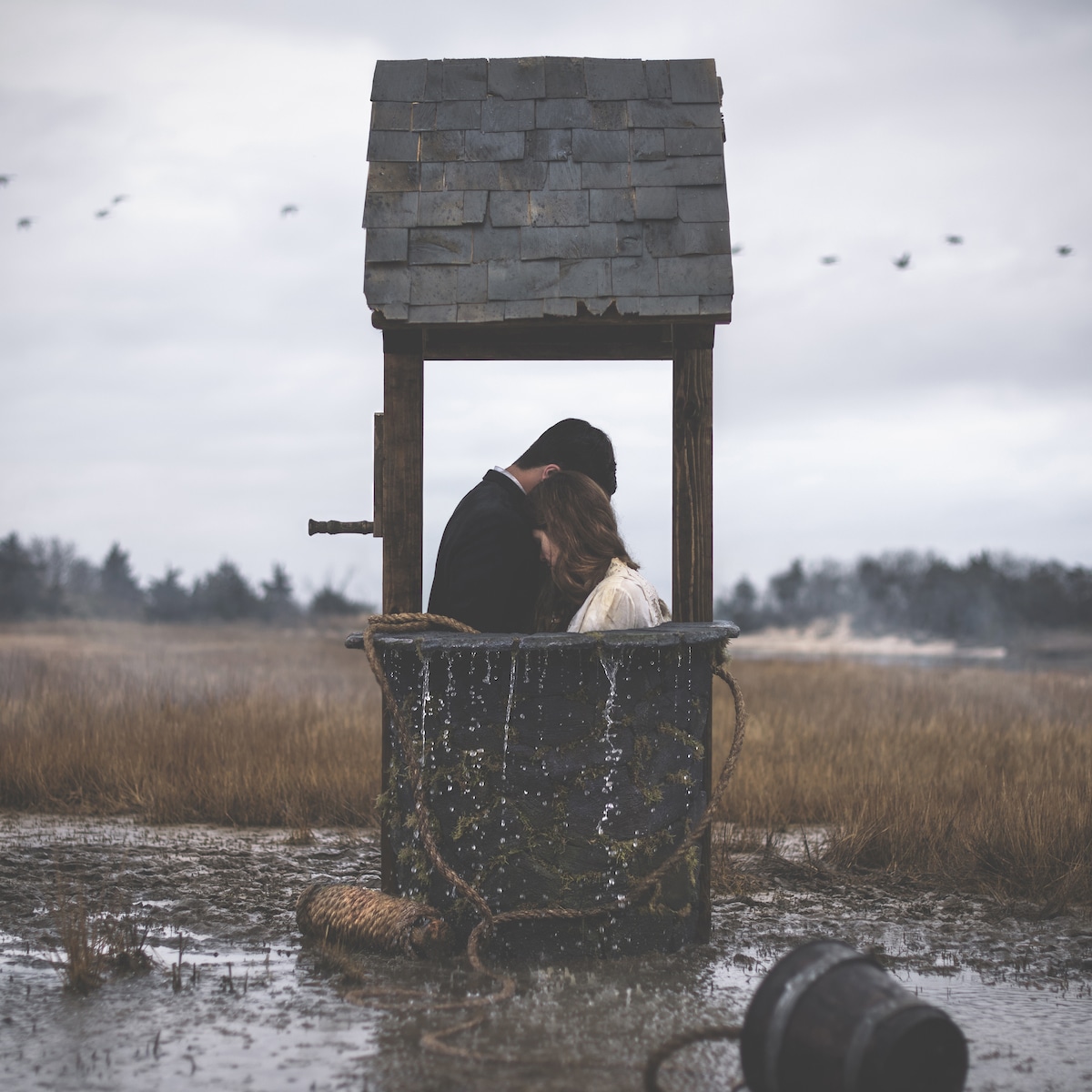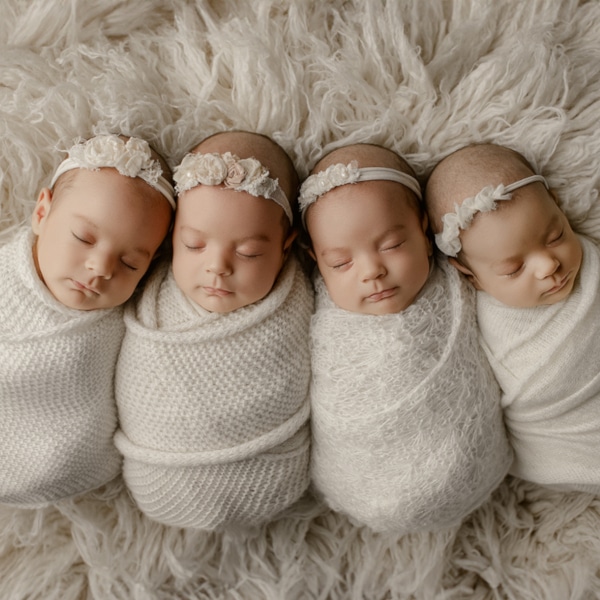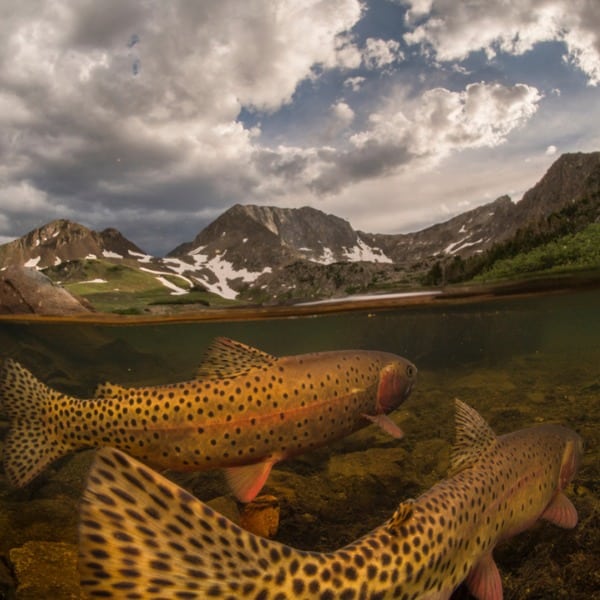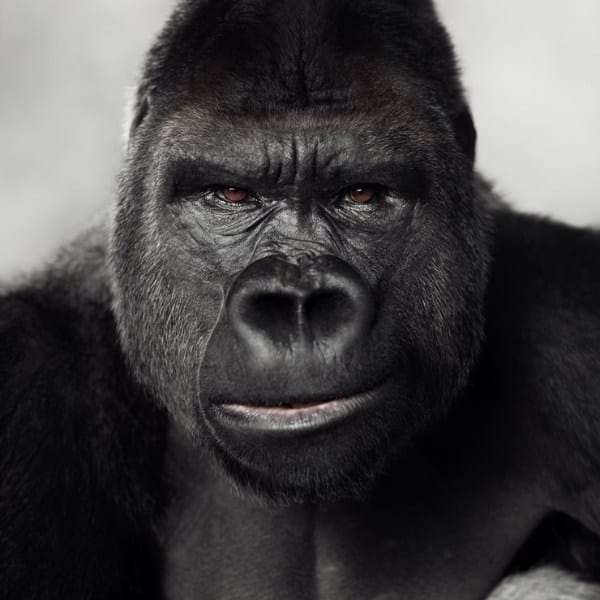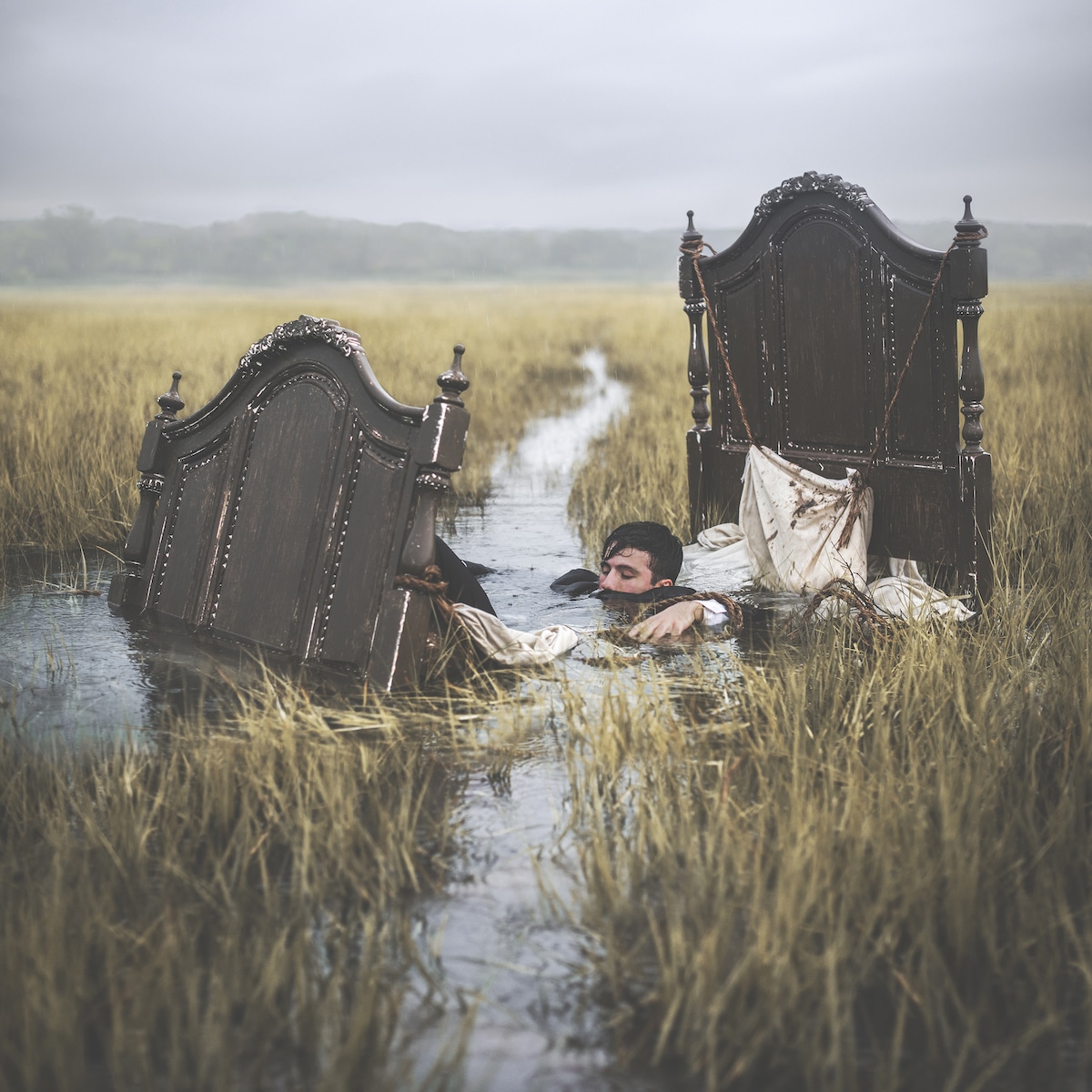
This post may contain affiliate links. If you make a purchase, My Modern Met may earn an affiliate commission. Please read our disclosure for more info.
Photographer Nicolas Bruno is no stranger to a bad night of sleep. When he was just seven years old, he began experiencing sleep paralysis, a disorder in which you are conscious but unable to move. (The episodes are often more intense than that and include hallucinations.) As Bruno grew older and was in high school, his sleep paralysis started occurring every night. He didn’t know what was happening to him and became depressed. Once he started to keep a dream journal, however, things began to change for the better. Bruno then channeled what was happening to him into art.
Through surreal imagery, Bruno gives a voice to what occurs during his nighttime episodes. His sleep paralysis photography is mostly self-portraiture, in which he plays the protagonist as well as the antagonist. Both roles are often distressing. Bruno's head is regularly covered or obscured as he tries to free himself or keep himself in line. Escape is never an option. As a viewer, the situations are stunningly produced yet stressful to look at. But for Bruno, it is a form of therapy that transforms an awful disorder into something positive.
We spoke with Bruno about his work, which is now on view in his solo exhibition called In Limbo at the Haven Gallery in Northport, New York. The photographs are on view until March 31, 2019.
Nicolas Bruno creates sleep paralysis photography as a way to cope with this scary disorder. Scroll down for our exclusive interview with him.
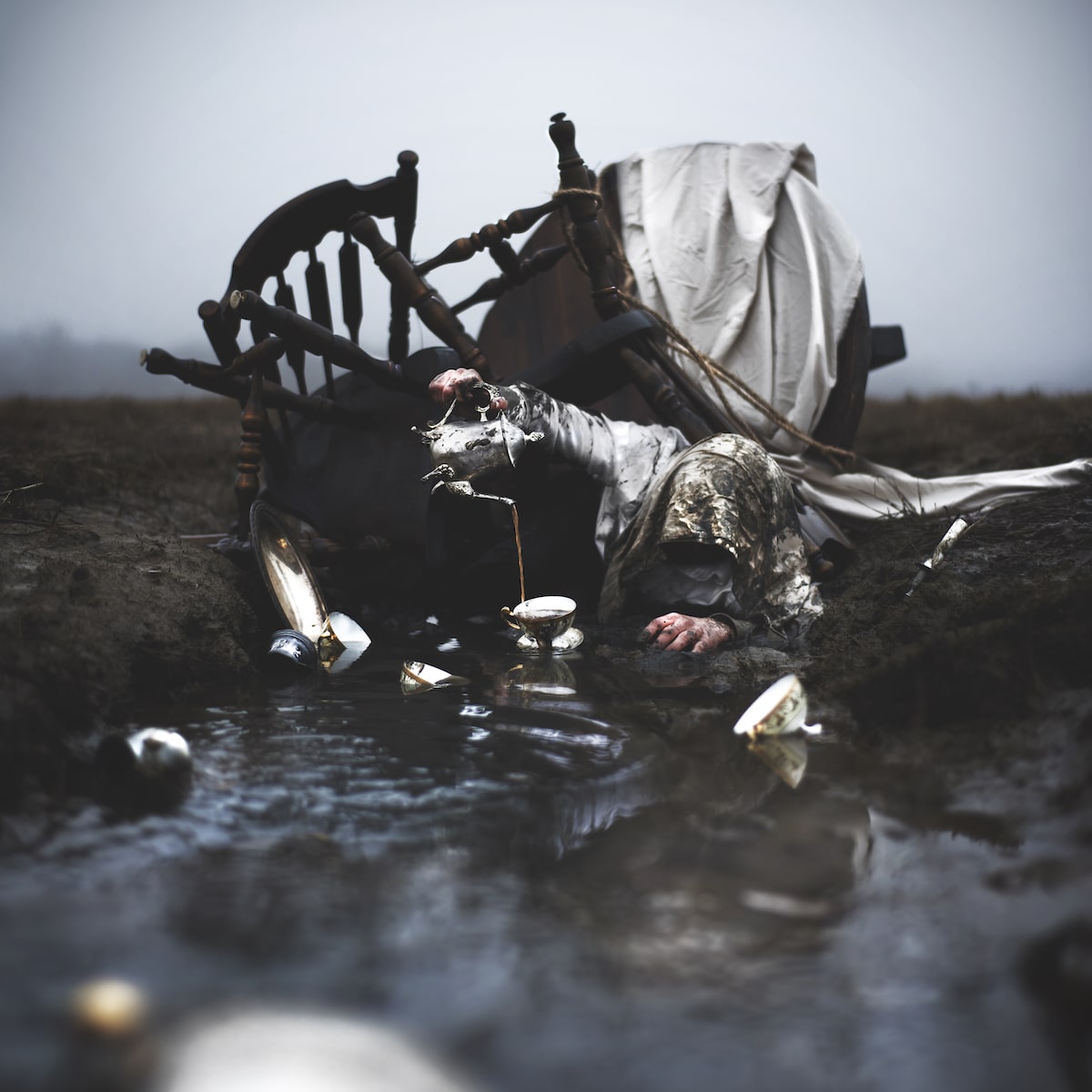
How did you get started in photography?
Aside from shooting countless disposable cameras in my childhood, I took an interest in digital photography after experimenting with Photoshop in middle school. Once I arrived at high school, I was eager to join the digital photography class and learn more.
What were your first photographs like?
My first subject matter started with abandoned spaces and urban decay in black and white. I began combining the study of these environments with self-portraiture as an experiment.

Sleep, particularly your relationship with sleep paralysis, is a central focus of your work. How does sleep paralysis affect you (physically and emotionally)?
A typical sleep paralysis episode will leave me feeling distraught and drained, almost as if I had truly lived through the experience. During the episode, it's impossible to distinguish what is real and what is an apparition. When a shadowy figure appears and stands stoically at the foot of my bed, I can physically feel its presence, negative energy, and sometimes its embrace. After being tormented with fear while paralyzed, I will finally wake up in a panic and try my best to calm down. The horrific visual and auditory hallucinations that I experienced will play on repeat in my head throughout the day.
How has photography helped you cope with the condition?
In order to decompress my thoughts, I turn to photography to transform these dreams into something positive and tangible. By creating self-portraiture that reenacts these dreams, I am able to share what I go through each night and externalize something deeply personal through a positive outlet.
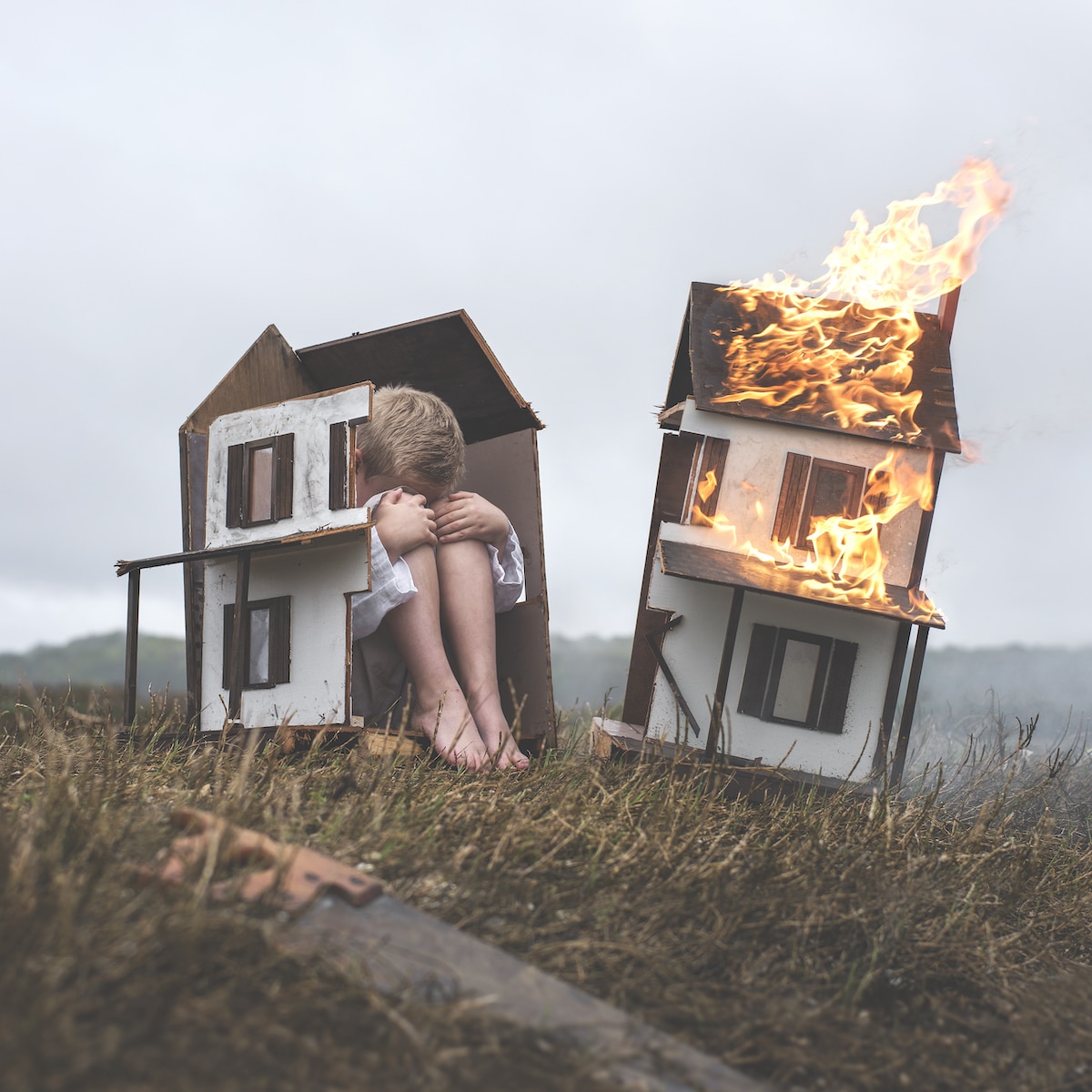
Once you began sharing your photos online, you found others online who suffer from sleep paralysis. How do they react to your photos?
It has been incredible to hear from sleep paralysis sufferers around the world. I recently opened a submission forum where individuals can submit their stories to me. It's very interesting to connect reoccurring themes, characters, and scenarios from these dreamers.
Do they identify with any of the symbolism and imagery in your work?
It's always exciting to hear from someone who can analyze my symbols and provide an exact interpretation of what type of dream scenario that I referenced. It's been helpful to have a dialogue with multiple sufferers about ways to cope, tips and tricks on how to combat the dreams, and finding ways to stay positive during such a stressful situation.
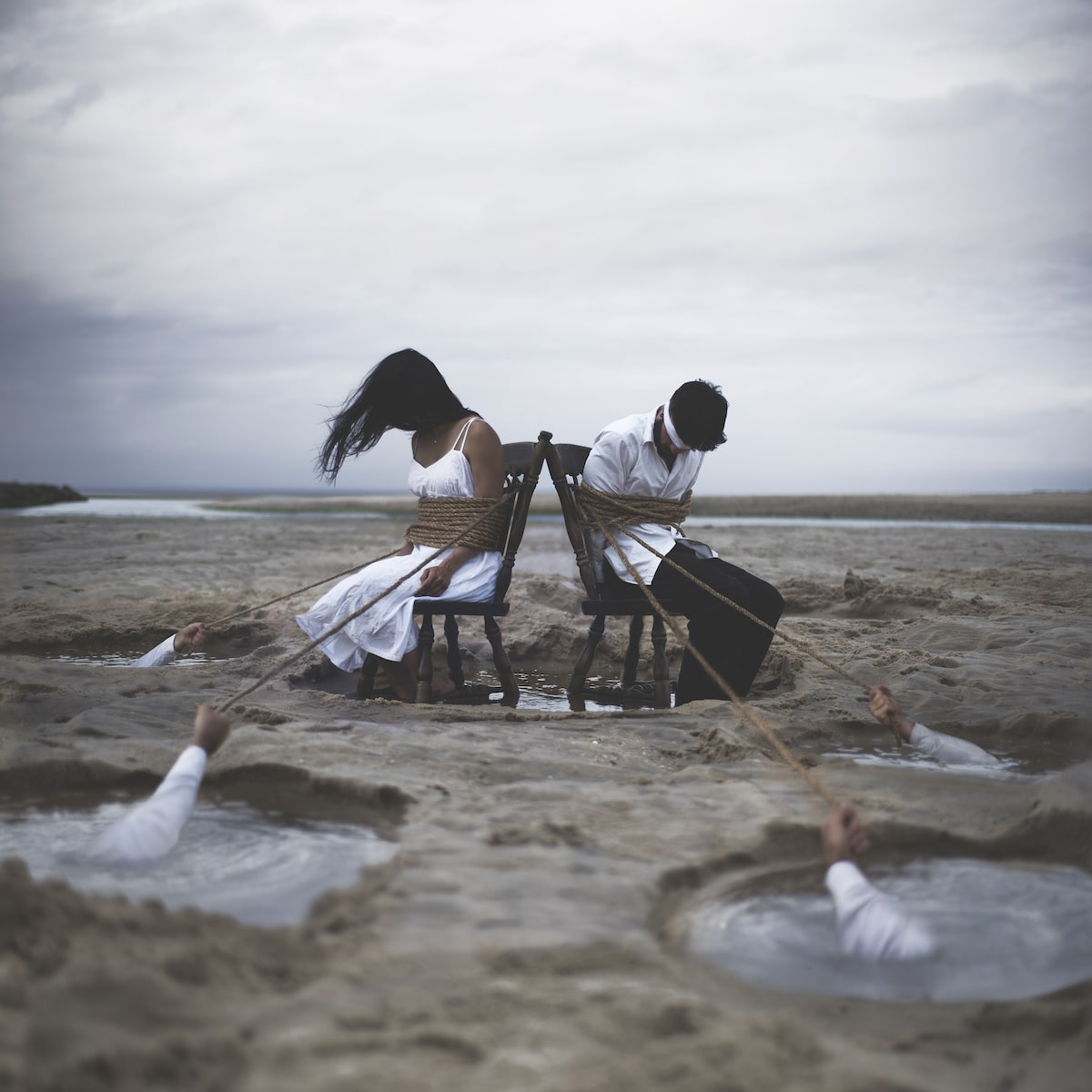
How long have you kept a dream journal, and how often do you write in it?
I started keeping dream journals in high school. I began by writing down my dreams and doing quick sketches of what took place. This journaling process evolved into an art-focused approach. Upon waking up, I will immediately start sketching my vision and jotting down keywords that stood out to me, such as visual anomalies or physical sensations that I endured.
How does this influence your imagery?
I consult my dream journal entries to influence the creation of image concepts, character designs, and story-boarding within my art series.
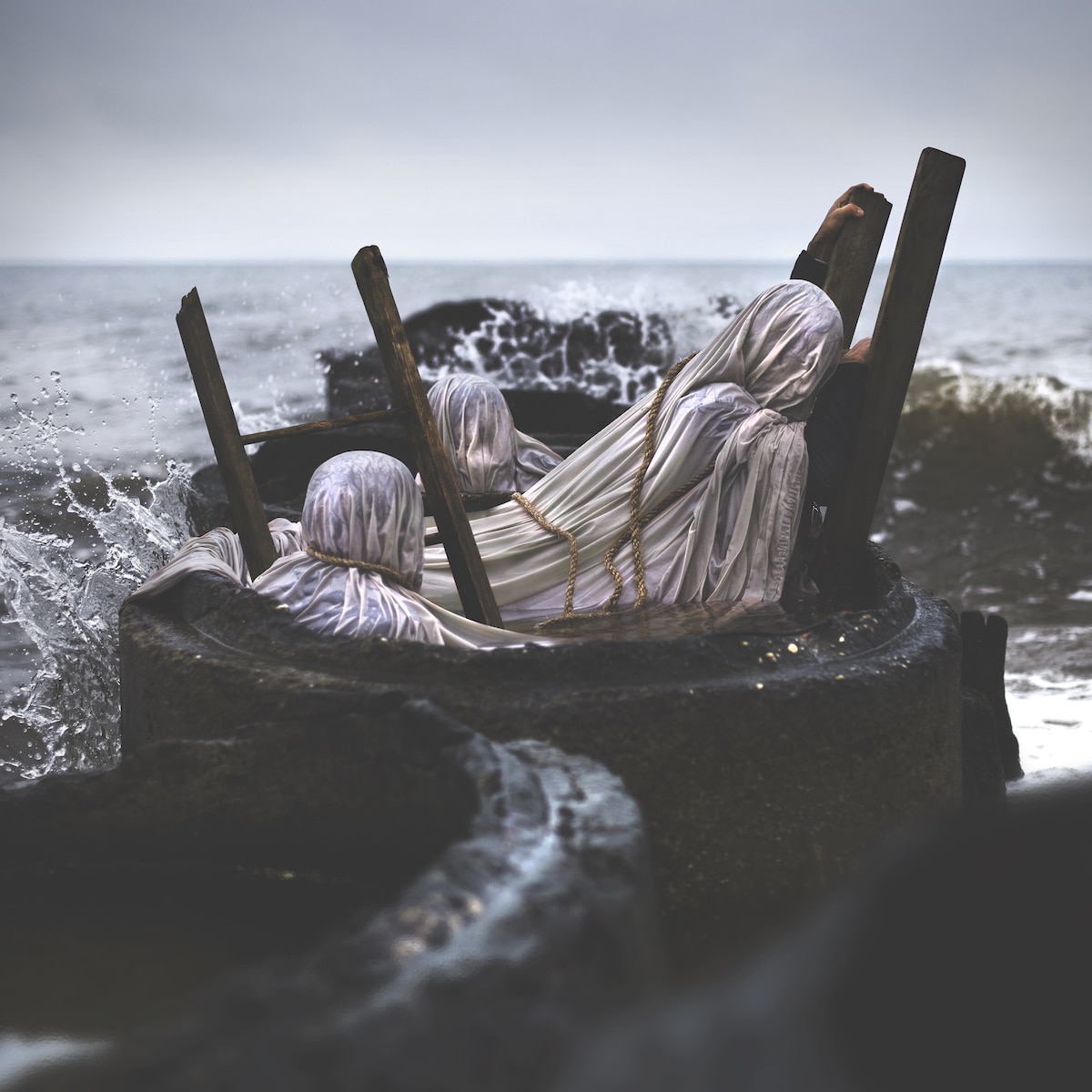
Your photographs are incredibly complex. How long does it take to complete an image, from the initial concept and planning stages to a finished piece?
After analyzing my dream journal for a solid concept, I will create a finalized sketch of what I imagine the concept looking like. From there, I will begin listing what I need to create for the shoot. I normally build my props and sew my costumes for each photograph. I will upcycle trash wood and old furniture to create some of the symbols within my work. I will spend from two days to an entire week preparing what I need to create the concept.
Once I have the correct weather, I will pack up my truck with my gear and set out to my location. I will drag everything deep into the woods or marshland and set up my scene for an hour or two. My camera is set up on a tripod, where I initiate an interval timer that fires my shutter every three to five seconds. This allows me to model for the photograph, move props around, change my costumes, and paint the scene with a smoke bomb. After an hour of shooting, I will pack up and return home to edit my piece. Depending on the image, it will either take two hours to five hours to finish a complex edit. Once I am finished, I will release my final piece on social media.
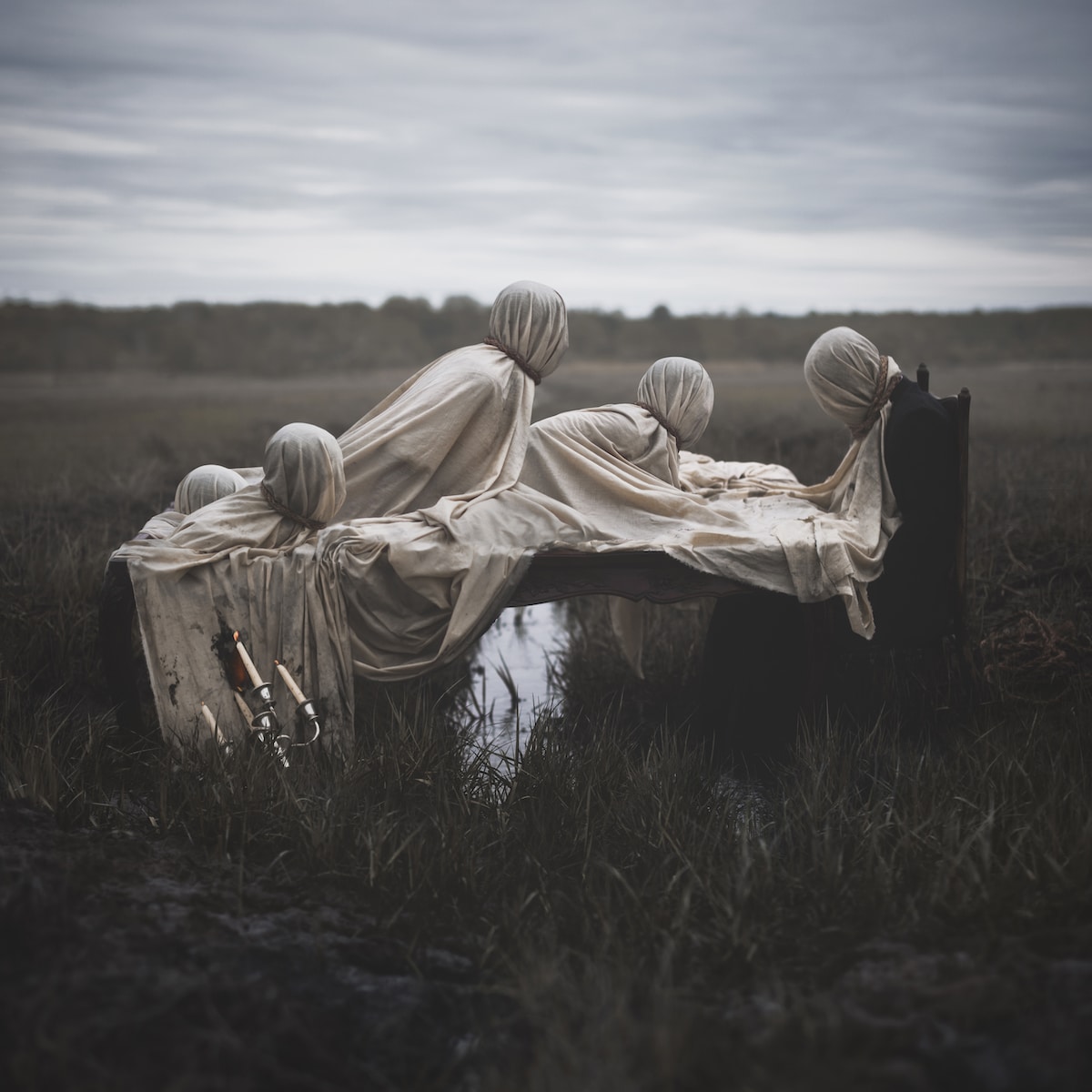
What tools (cameras, editing, etc) do you use in your work?
I work with fairly minimal gear in comparison to many of my peers. I shoot with a Nikon D810 (previously a Nikon D600) and Nikon 50mm 1.4 lens. I do not use lighting equipment for my shoots, as I find artificial lighting to not suit the aesthetic of the work that I'm creating. I always have smoke bombs to enhance the ambiance of my scenes. I begin my editing process in Lightroom and complete it in Photoshop.
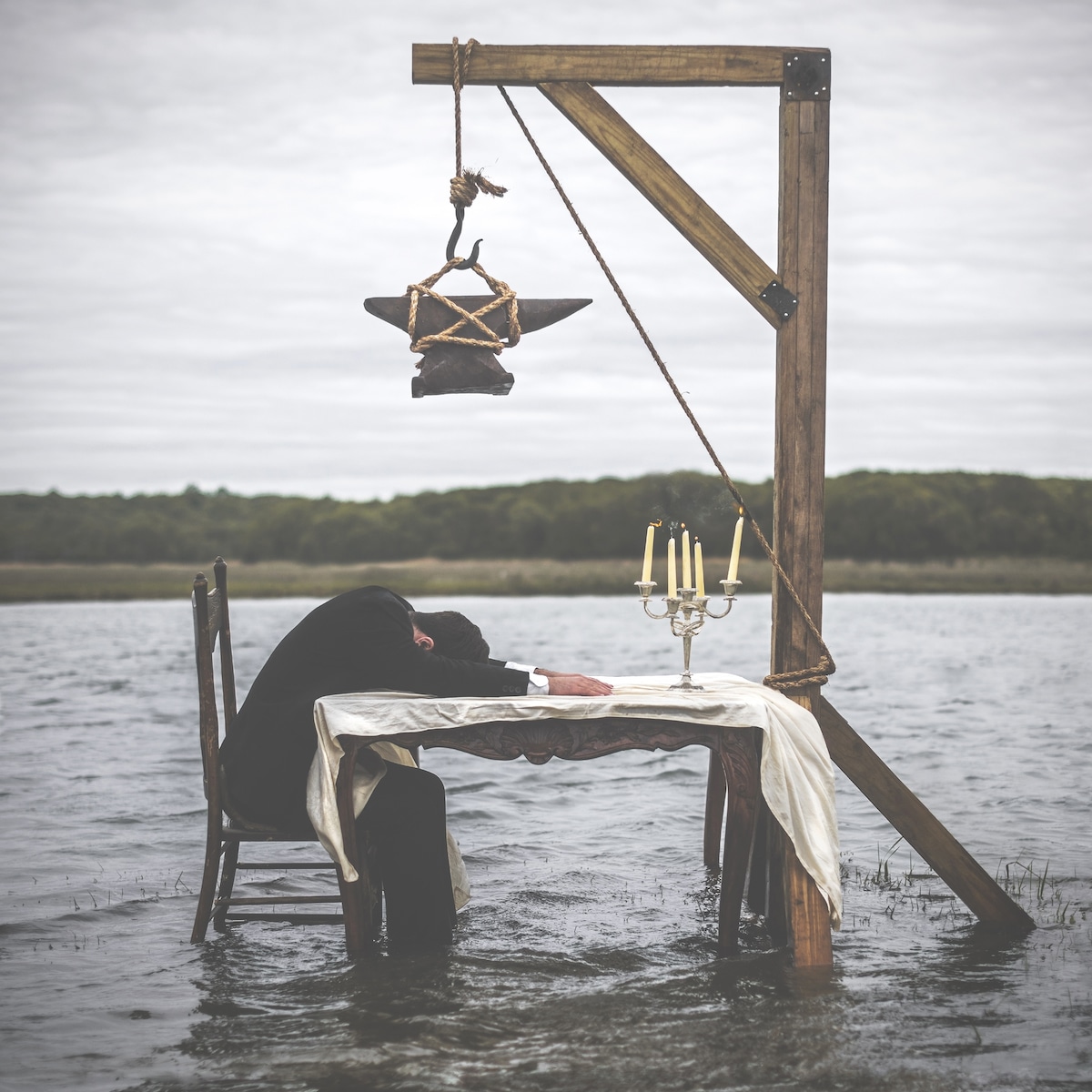
What can viewers expect with your new show In Limbo?
In Limbo explores deeper into the darker aspects of sleep paralysis and the lingering effects that bleed into a sufferer's waking life. Through photography, drawing, and sculpture, I encapsulate terrifying stories from the world between being asleep and awake.
